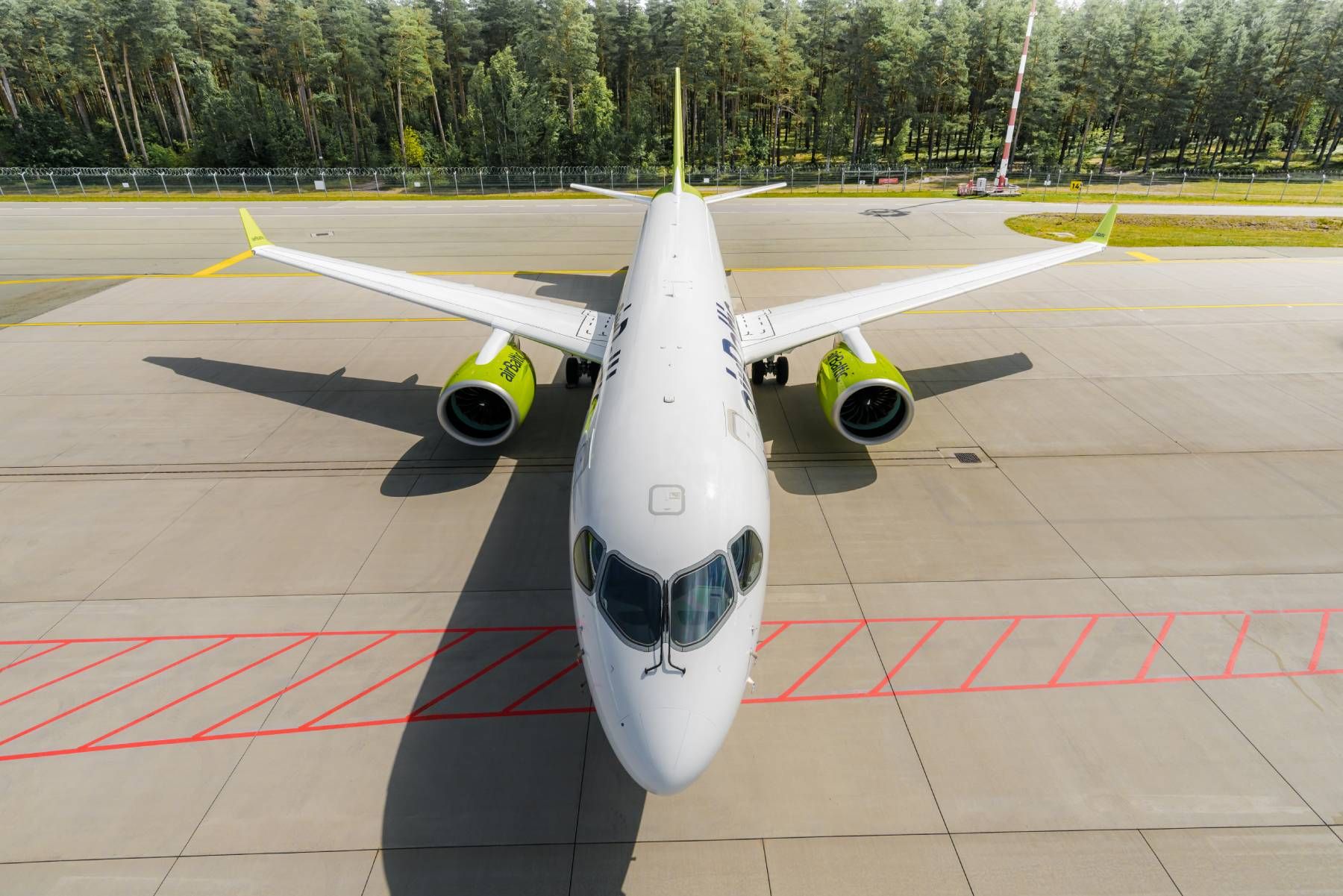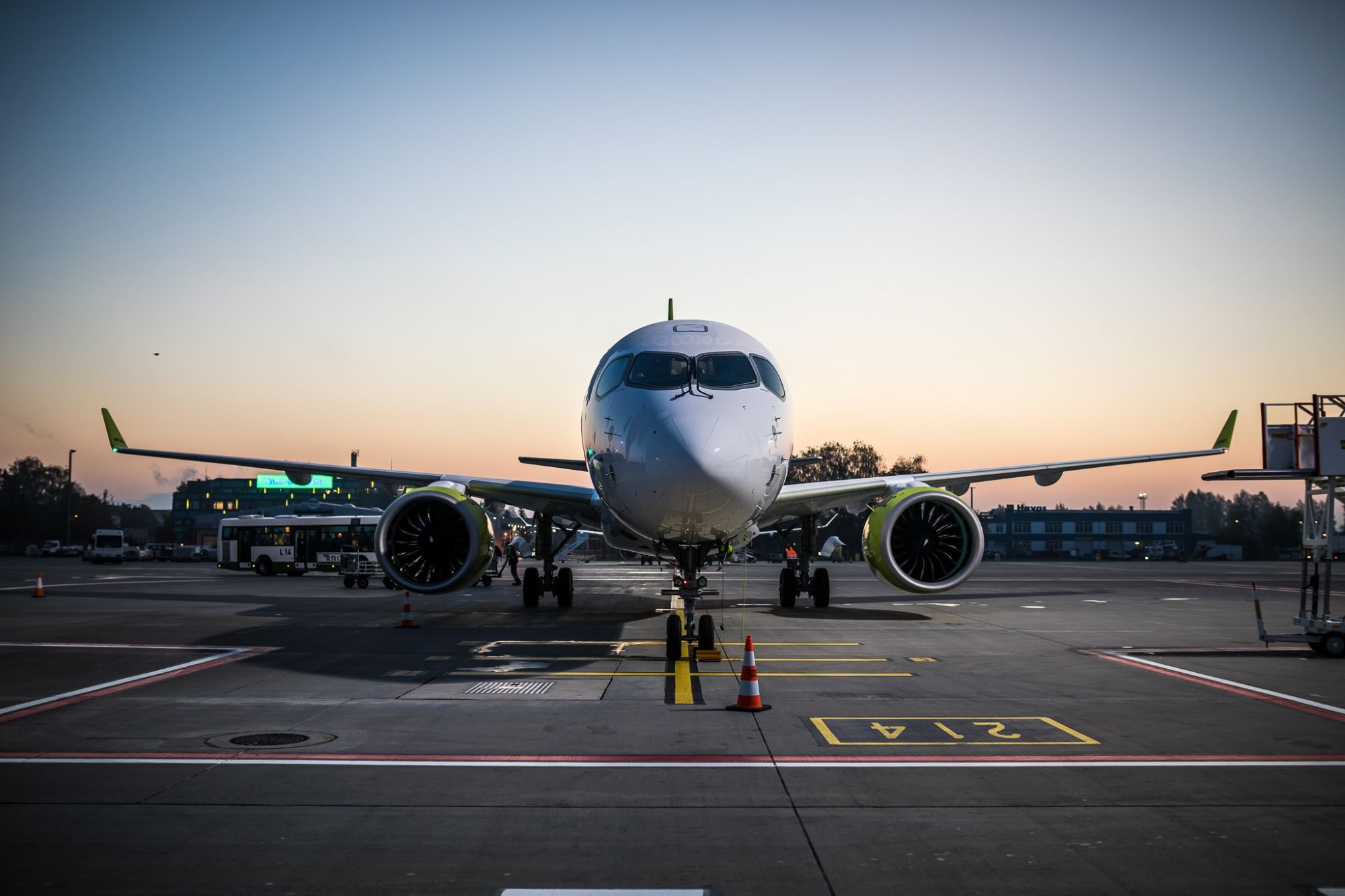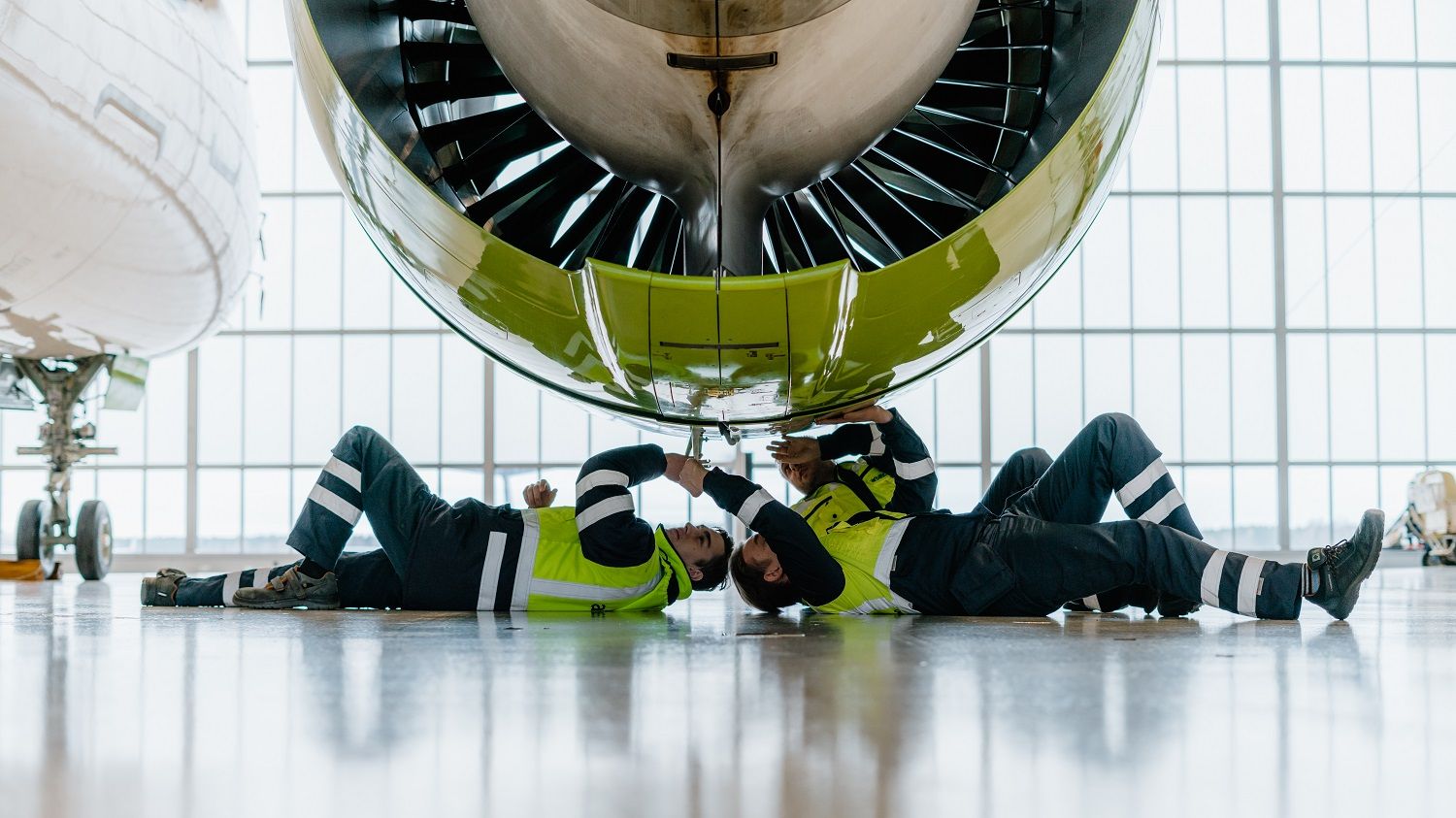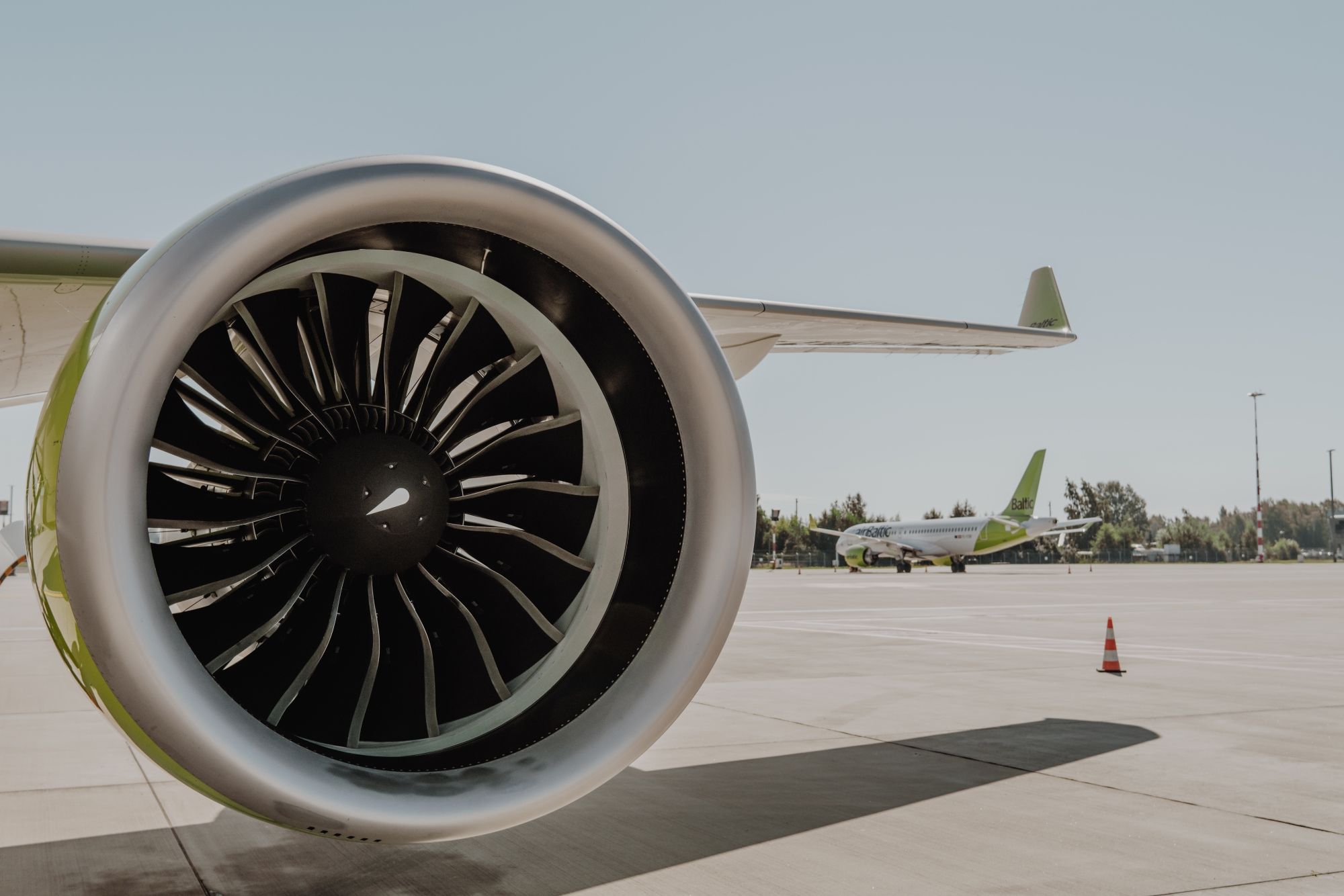As the world’s only all-Airbus A220 operator, airBaltic is operating a crowd-pleasing service. But when something goes wrong with the A220, it suffers the impact more acutely than most. In an interview with Simple Flying, airBaltic CEO Martin Gauss noted one particular problem that caused headaches last summer, and will again this year.
“We still have these teething issues with the engines … It is caused by supply chain issues - it’s not only our engines, it’s over the world, and we're dealing with it. But we will see this, also this year, putting a little bit of a shadow on the A220.”
airBaltic has built its foundation on the little airplane that could, and overall, Gauss has been very impressed with its performance. Its extensive range, highly fuel efficient operations and passenger satisfaction are all delivering as they should, so what’s the issue with the engines that is stalling it from performing to its full potential?
Supply chain problems
Gauss explained that, due to lifetime limited parts in the engines, at various intervals in the A220’s lifetime, they need to be removed from the airplane. The engines are taken off the wing and shipped to a specialist MRO provider to change the parts. Right now, this is not happening as it should be.
“Normally, that would take, let's say, an average of 90 days to take the engine from the wing, ship it and get the engine back. That process now, instead of 90 days, takes eight months.”
Under normal circumstances, airBaltic would have spare engines in stock to replace the engines under maintenance, so that it can continue operating the aircraft. The problem is, with the whole process taking an extended amount of time, there just aren’t enough spare engines to keep the fleet flying.
“As we take more and more engines off the wing, we don’t have sufficient spare engines because they're just no engines there.”
This, of course, is causing disruptions, something airBaltic managed to offset last summer with the induction of wet-leased aircraft from other airlines. While that enabled airBaltic to fly its schedule, Gauss noted that it didn’t always go down well with passengers.
“That, of course, makes the passengers unhappy who want to fly on the most modern aircraft. They expect an airBaltic A220 but find themselves on an aircraft which is not ours.”
Last summer, airBaltic wet-leased in five airplanes from other airlines, reaching a peak of six in the height of the summer. Right now, this is not a problem, as the airline has scaled back for the quieter winter period, but it foresees the problem persisting into this summer season.
Not back to normality until 2024
With no significant movement on the A220 engine supply issues on the horizon in time for this summer, airBaltic faces another disrupted season. The airline has already announced a significant expansion for the summer, flying around 35% more than it did in summer 2022. As such, Gauss expects the wet leases to be back to cope with peak demand.
“We will also have this situation this summer, as we are growing significantly compared to last year, and the engine situation hasn't really changed. So the forecast is that we come back to normal supply chain operations on the engine in 2024.
"We had six aircraft in the peak summer flying for us from other airlines, and it was a mix of different airlines. We expect that, this year, that number could be the same, maybe even two more, for the peak summer. Final numbers depend on the engine delivery schedule as we are also expecting a lot of aircraft deliveries this year.”
Forecasts for all aviation operations in summer 2023 are already signaling disruption for passengers once again. While the industry has come a long way from its post-pandemic restart, there is still a way to go. airBaltic’s experience just shows that it’s not only airports and schedules that are being disrupted but airline maintenance and repair work too.
Nevertheless, Gauss remains incredibly happy with the A220, and is looking forward to things getting back to normal, hopefully in 2024.
“The A220 is delivering; the engine is good. But the engine, when it comes off the wing and gets the lifetime limited parts changed or the engine gets upgraded, it just takes too long until it returns.”
You can read more about the Airbus A220 here.




